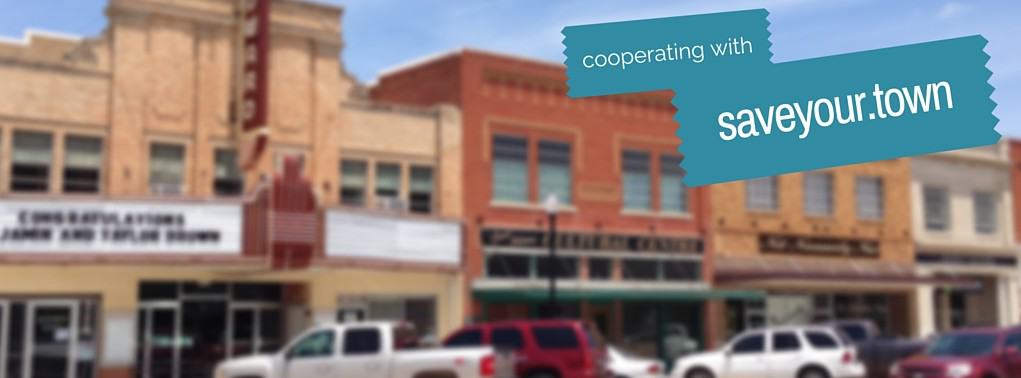The bottom lime for survival of a business eventually comes down to making sales. You need to get money coming in the door.
There are many ways that you, as a business owner, can make your product and services available. One way used successfully by many art and craft businesses is by participating in shows that highlight such products. For some businesses, this is where they test new ideas. Others use this venue as a place to start. Some use it as one avenue of reaching the consumer while others depend on it as their sole outlet.
Recently I attend the annual “Pride of Dakota” show when it came to my home town.
The show participants, as noted already, are in various stages of business development from those just starting out to those who have been in business for many years. One reason that many business owners want to participate in these shows is the size of the audience it attracts. You have a chance to get before a lot of people in a relatively short period of time.
Business owners have varying levels of success at these shows. I am always interested in how well they do at the shows. As I have talked with various vendors at this and other shows, I asked them if they had any tips on how to attract customers and build sales. This list offers some of what I have heard:
- The first step is to get their attention. There isn’t just one way to do this. It is done through color, product display, lighting, signage and, of course, human interaction – a smile, a greeting or even just a wave.
- Once you have their attention, you need to engage them. Ask them how you might help or if they are looking for something specific. Share your knowledge about your products. As you engage, it is helpful if you are either standing or seated in something like a directors chair that puts you at eye level with them. Remember, you are the business owner so let your personality be part of your display and your brand.
- It helps it you can be out in the open and not behind a table although sometimes your products or the booth setup does not make that possible.
- You hope that you and other sales people are busy so think about answering basic questions through use of signs and displays. Questions about product details, price, and payment methods accepted are a good start. Depending on your product you may have a list of flavors or colors.
- Display as many different variations of your products as space permits but don’t get too crowded. Also, be sure to allow space for people to move around.
- Your booth needs to look professional.
- Don’t put everything at one level. Make the eye travel. Develop your display so that it causes the eyes to focus on certain things.
- In terms of display, remember that you will have lots of people moving around so make sure to keep items that might get damaged away from where there is heavy traffic or from where small children might be trying to get to something.
- You want your booth to attract people who are walking by and also to catch the attention of people who are further away.
- Don’t forget to have the name of your business prominently displayed. Having contact information displayed is also helpful.
These are just some initial tips. If you are thinking of using shows as a sales outlet, go visit some to get more ideas. And ask people what attracts them at a show. Finally if you are selling already at shows, ask for feedback on how you might improve your display.
Having an effective booth at a show takes time and trying various things. You probably won’t be completely satisfied with your first display or your first show. The best idea I heard was to just keep working at it.
Good luck.
More information on displays and visual merchandising can be found at”
NDSU Small Business Newsletter – Check out the “Marketing” section in the index
Visual Merchandising presentation slides











